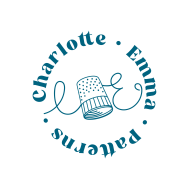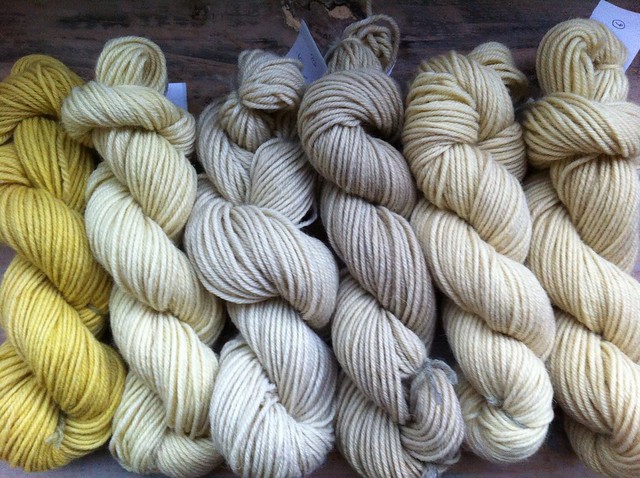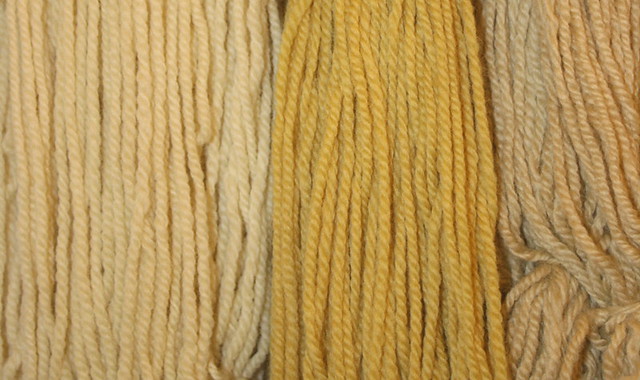As part of #naturallydyedwardrobe, I’ve been thinking about the plants I can gather to create natural dyes.
It’s obviously important when gathering plants that you aren’t having a detrimental effect on the environment you are harvesting in. Many dyers work with a 10 – 20% rule, only taking a maximum of 10 – 20% of the plant they are harvesting, and leaving 80 – 90% behind. It’s also important not to harvest in environments with a no-harvest rule.
I’m sticking to plants that are abundant, and so not problematic in terms of gathering.
Currently I’m thinking about…
Acorns
This Autumn, I really want to try dyeing with acorns. They produce lovely light browns, similar to dyeing with nuts. To produce a dye from acorns you need to first smash the acorns and soak them overnight. If iron is used as a post-mordant fibres dyed with acorns become grey-black.
Check out this post from Thicket and Thistle for acorn-dyeing inspiration.
Bramble / Blackberry
Both the leaves and fruit of blackberry plants can be used for dyeing. The berries produce a purple, while the leaves and shoots produce a yellow – brown. The fruit can be used from frozen as well as fresh, but like most dyes produced from berries has a tendency to fade. Alternative wild berries are Elderberries (pinks/browns with wool and silk; silver-grey with cottons), Damson (pinks), Blueberries (red-greys).
Nettles
I certainly won’t have any trouble gathering some nettles, which produce yellow-green colours.
Dandelions
Likewise with dandelions, whose flowers produce golds and khakis.
Mushrooms
I don’t know enough about wild mushrooms to feel comfortable gathering them, but great effects can be achieved, as seen in this inspiring post by Folk Fibers.
Any other suggestions? Have you done any foraging for dye plants?




